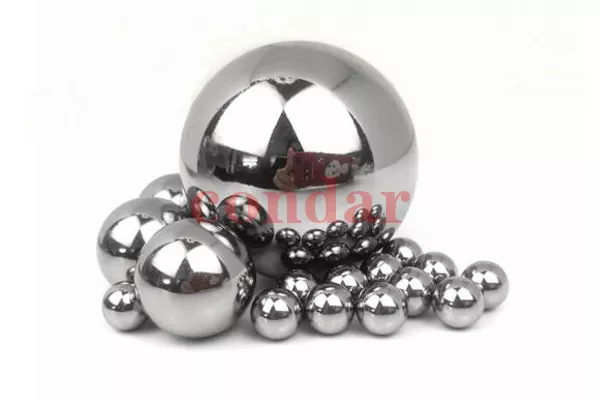What Is a Stainless Steel Ball and Why Is It Used in So Many Industries?
2025-07-15
A stainless steel ball is a precision-engineered sphere made from various grades of stainless steel. Known for their corrosion resistance, strength, and durability, stainless steel balls are used in a wide range of applications, including bearings, valves, automotive parts, medical equipment, and industrial machinery.
What Are Stainless Steel Balls Made Of?
Stainless steel balls are typically made from one of the following grades:
1. AISI 304: General-purpose stainless steel with good corrosion resistance—used in food and decorative applications.
2. AISI 316: Offers superior corrosion resistance, especially against chemicals and seawater—used in marine and medical industries.
3. AISI 420/440: Hardened stainless steel with excellent wear resistance—ideal for bearings, precision instruments, and high-load applications.
Each grade offers a balance between hardness, corrosion resistance, and cost depending on the intended use.

What Are the Key Properties of Stainless Steel Balls?
Corrosion Resistance: Can withstand moisture, chemicals, and harsh environments.
High Hardness: Especially in heat-treated grades like 440C, suitable for mechanical stress and wear.
Precision: Manufactured to tight tolerances for use in precision bearings and assemblies.
Non-Magnetic or Magnetic: Depending on the alloy type, suitable for applications with or without magnetic interference.
Clean and Hygienic: Ideal for medical and food-grade uses due to stainless steel's non-reactive surface.
Common Applications of Stainless Steel Balls
Bearings and Bushings: Provide low-friction movement in machines and motors.
Automotive Components: Used in gear mechanisms, airbags, fuel injection systems, and valves.
Aerospace and Defense: Precision balls for instruments and navigation systems.
Medical Devices: Applied in surgical tools and implants.
Industrial Valves and Pumps: Provide sealing and control functions.
Spray Pumps and Dispensers: Used as check balls in pump valves.
Advantages Over Other Materials
Long-Lasting: High resistance to wear and rust ensures extended service life.
Low Maintenance: Requires minimal upkeep even in demanding environments.
Aesthetic Finish: Can be polished to a mirror-like surface for decorative or visible parts.
Conclusion
Stainless steel balls are small but vital components that drive performance, durability, and precision across countless industries. With various grades and finishes available, they offer tailored solutions for everything from heavy machinery to delicate medical instruments. Their combination of strength, resistance, and cleanliness makes stainless steel balls a trusted choice in modern engineering.


